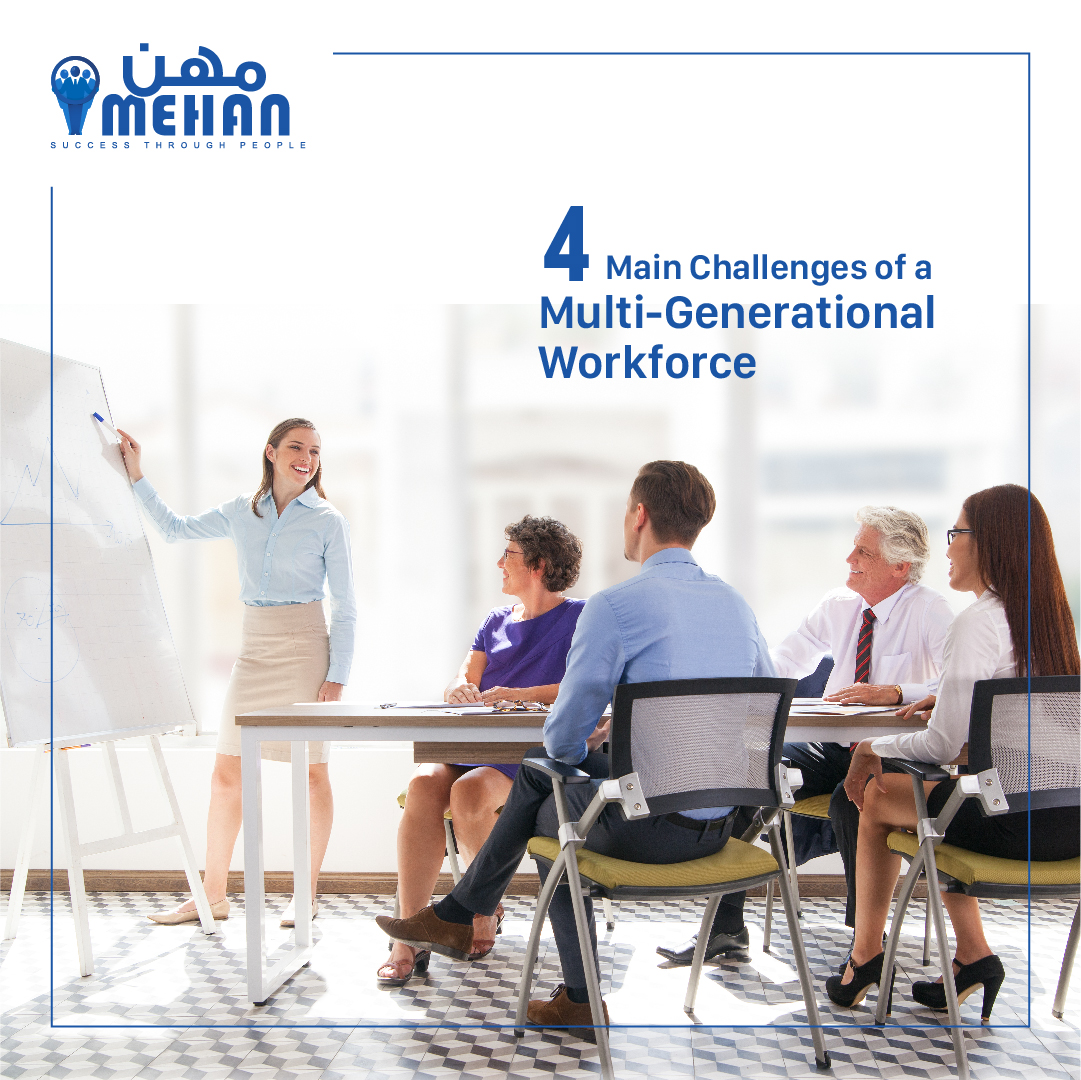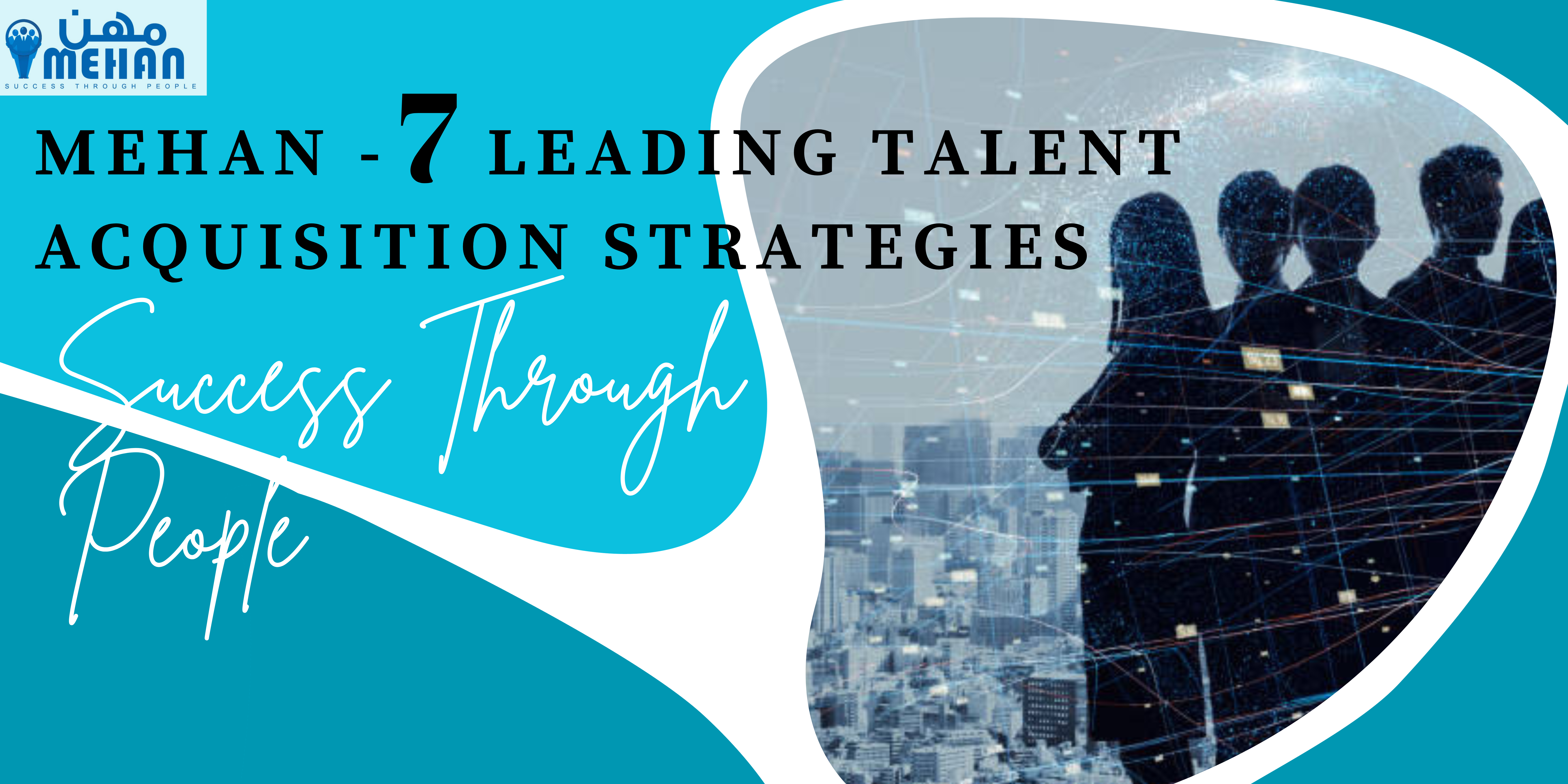
In the last 2 weeks, we looked into how multi-generational offices have become these days. A Millennial might be your team leader but you will be working with other Boomers, Xers or Zers. We have also seen how some Perennials stay updated and hence employable as they age and work well past their retirement. This week we will see four key challenges of working with or managing such a multi-generational team or company.
Company Culture
Many people misunderstand what “Company Culture” or “Organizational Culture” means to the younger generation. While ping-pong or pool tables and/or nap rooms can be beneficial, they are not necessarily part of the culture, and millennials do not believe them to be. The younger generation understands organizational culture is more than just infrastructure. We have already discussed how having a “Purpose” is a viable method for creating a culture. The important factor is creating a well-connected and cohesive team that is well coordinated with each other. One way to do this is to host company events, happy hours, and celebrate milestones, and achievements. These occasions provide an opportunity for your teammates to let their hair down and get to know each other outside the work atmosphere.
Communication Styles and Modes
This is a more obvious one as both the younger and older generations have their preferred communication style. This has been talked about and written about enough number of times that it has almost become cliché. Almost all Millennials through Zers prefer text messages and instant messages while the older generation and some older Millennials, such as Xers, still prefer phone calls and emails. Combine this with the fact that younger staff likes to talk in abbreviations, colloquialism, and informal language, and you have a perfect recipe for a disaster. Dana Brownlee, President of Professional Matters and a Senior Contributor at Forbes, says that team leaders and employees speak with their colleagues in their preferred mode of communication. This might seem difficult initially, but she recommends bringing staff members to regular face-to-face meetings and ice-breaking sessions can help this a lot.
Negative Stereotypes
You may have enough words that come into your mind without reading further that can be termed as Negative Stereotypes. Moreover, those words may vary depending on which generation you belong to. We will not be listing out those names each generation has for each other. Both the older and younger generations are well aware of what they are up against. Unless of course, you are a Perennial, which is awesome.
Overcoming these stereotypes is of course hard. It takes a lot of deliberate action to distinguish your talents and not let preconceived notions do that for you, says Rich Milgram, CEO of career network Beyond.com. He further advises employees to work hard to match their vision of success with their work ethic. This is the only way to break stereotypes and move forward, irrespective of generation. Team Managers can support them by actively monitoring your team for dysfunctions arising from prejudices and misunderstandings and by intervening when there is an issue.
Cultural Expectations
A typical workplace today has evolved to value the results produced in place of hours spent at the desk. This can prove difficult for the older staff such as the Boomers who are used to being the early bird and last to leave. Working from home and being efficient and productive are looked at more favorably. Meanwhile, Millennials and further down the line tend to appreciate a healthy work-life balance. They are more likely to come from a background where both parents are working. The older employees belonging to the Boomer generation will not mind sacrificing their personal time for the job. Millennials have lived through multiple financial recessions and have seen their parents, and sometimes their elder siblings, lose jobs despite their loyalty.
For team managers, the best approach they can take for these situations is to allow individuals to work in their preferred style and appreciate everyone for their individual efforts, regardless.
In other words, provide a flexible workplace. That will be the perfect solution for all these grievances. With time everything evolves, our lives, lifestyles, working styles, priorities, etc. So should our workplaces evolve along with them? Absolutely. Evolution and change are the constants in life. Always respect your team and maintain an atmosphere of mutual respect regardless of their age groups. If one of them comes up against a hurdle, help them, provide a productive solution, and give an opinion as to how to overcome or avoid such obstacles if possible.




